We would like to precisely control the position of a small object in a X-Y plane. The object we are moving contains a LED diode and some optics. The restrictions are:
- The total area is 9mm x 6mm
- We'd like to position the object within ±0.1 mm within this area.
- We will move stepwise (Move 0.1 mm, wait there a while, move another 0.1mm...)
- Expensive components are OK :)
- However, we have very limited size - the smaller the solution, the better.
- The object we are moving is very light (only a few grams) and can be altered as needed.
Our ideas so far:
1) Building a miniature X-Y table. We're thinking this could be designed to satisfy the positioning requirements, but the total solution (including stepper motors etc) would probably be larger than we were hoping for.
2) Using electromagnets. Given that our object is very light, we might be able to control its position using reasonably sized electromagnets.
Can you think of any other way of attacking this problem?
The question is similar to this question, which assumes a much larger scale (30x30 cm).

